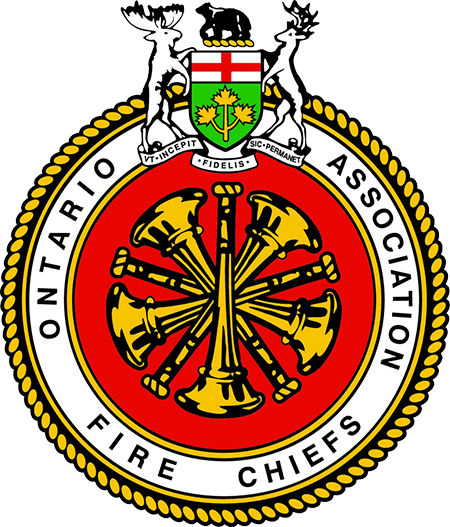Northwestern Ontario is facing a severe wildfire season with strained resources. Amid criticisms over delayed waterbomber orders and provincial underfunding of firefighting efforts, new blazes are threatening communities.
New fires ignite amid high hazard conditions
The Ministry of Natural Resources said there were 17 new fires in the region by the evening of July 2, bringing the total number of active blazes to 46. Of those, 20 are “not under control,” six are under control and 16 are being monitored.
The Red Lake district is particularly hard hit, with multiple fires erupting near Indigenous communities. Red Lake 69, a 0.2-hectare fire near Murfitt Lake, and Red Lake 68, a 0.3-hectare blaze west of Cat Lake First Nation, are among those still out of control. The largest new fire, Red Lake 062, spans 10 hectares and requires waterbomber support.
Fire hazard conditions range from high to extreme across the Kenora, Dryden and Red Lake areas, with moderate to low risks in the far north. The MNR warns that dry conditions and lightning strikes are contributing to the rapid spread of new fires.
Major fires strain resources
Two fires of note continue to challenge firefighting efforts. Red Lake 12, near Deer Lake and Sandy Lake First Nations, has grown to 195,670 hectares and remains uncontained. Twenty-three crews and nine helicopters are working to suppress hotspots, with infrared scans revealing persistent heat along the western perimeter.
Sioux Lookout 18, near Cat Lake First Nation, spans 23,648 hectares but shows minimal activity. Command has been handed back to local fire management teams.
The MNR reports some progress elsewhere, noting that Kenora 20 and Kenora 32 (a cross-border fire from Manitoba) have been brought under control, crediting fire crew efforts and recent rainfall.
Criticism over preparedness and resources
As the crisis intensifies, opposition MPPs are accusing the provincial government of failing to adequately support wildfire personnel. Guy Bourgouin, the NDP MPP for Mushkegowuk-James Bay, and Lise Vaugeois, the NDP MPP for Thunder Bay-Superior North, issued a joint news release condemning delayed investments in equipment and staffing late last month.
“With record-breaking fires already burning through the North, this government’s lack of preparedness is putting people, communities and entire ecosystems at risk,” said Bourgouin.
He went on to highlight the grounding of three waterbombers due to crew shortages, asking, “Can the premier tell us where the receipts are for any new waterbombers?”
“These workers put their lives on the line, but this government is treating them like they’re disposable,” Vaugeois added.
The NDP is demanding an immediate budget increase of $300 million for wildfire programs, improved pay for firefighters, and faster procurement of aircraft.
Global backlog delays new waterbombers
The province’s reliance on aging aircraft has become a focal point. Ontario’s fleet of 11 CL-415 waterbombers is stretched thin, and six newly ordered planes face years-long delays due to production backlogs.
De Havilland Canada, which acquired the manufacturing rights in 2016, is prioritizing 22 EU orders made as early as 2022 before fulfilling domestic requests.
Premier Doug Ford acknowledged the delays speaking to reports on Wednesday, stating, “They produce them in Alberta … but it’s taking four years to produce more water bombers.”
Seasonal trends exceed averages
The province’s 2025 fire season has already surpassed last year’s numbers, with 265 fires recorded as of July 2 compared to 126 total in 2024. This year’s figure also exceeds the 10-year average of 258 fires for this period.
Ongoing risks for northern communities
Bourgouin shared video of a Rank 6 fire (the highest intensity classification) threatening Webequie First Nation last month on social media, writing, “This wall of fire was heading directly for Webequie. The government must restore stable funding to our wildland firefighters.”
With no significant rainfall forecast, the MNR urges residents to monitor fire hazards via its interactive map and adhere to airspace restrictions near active fires.
